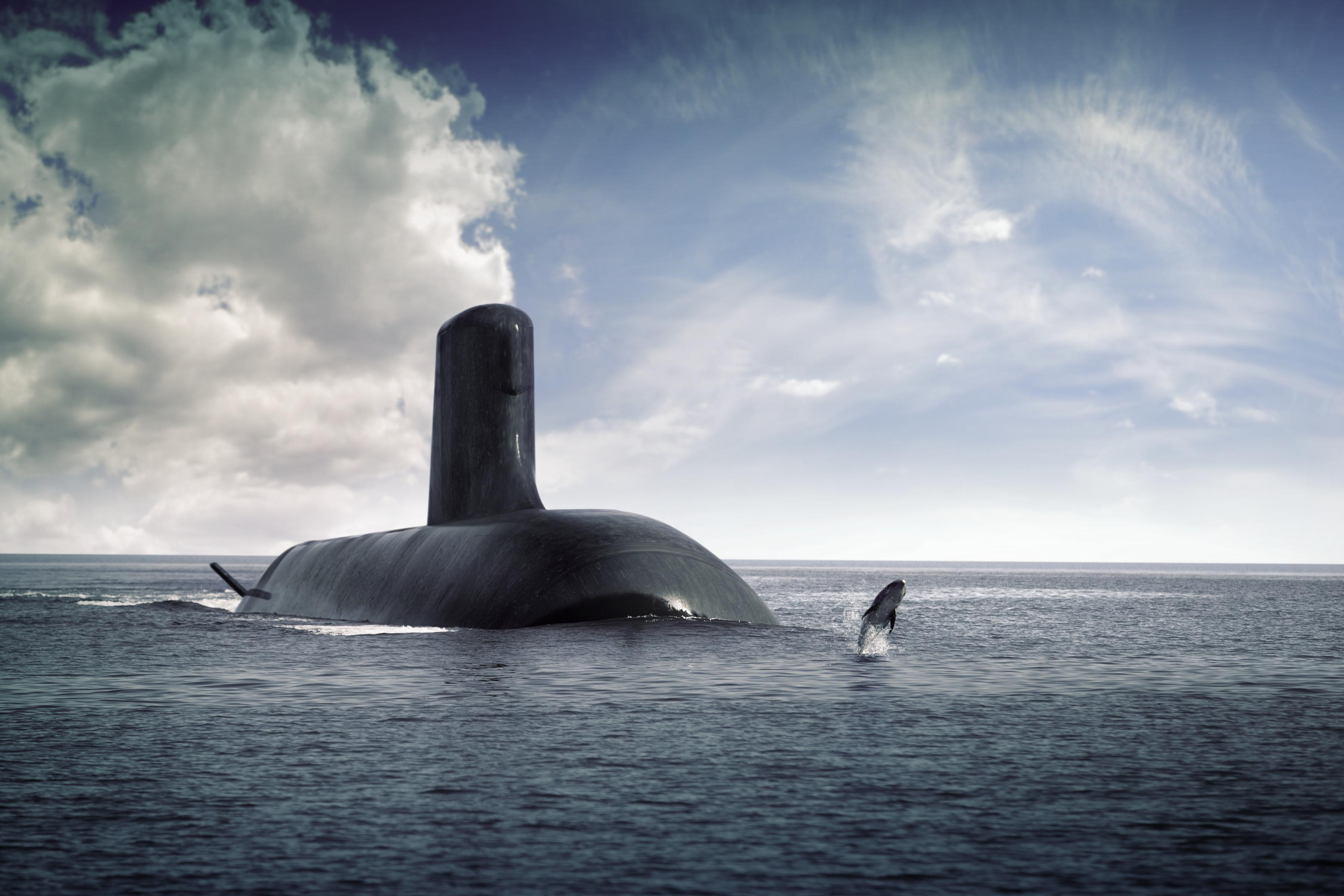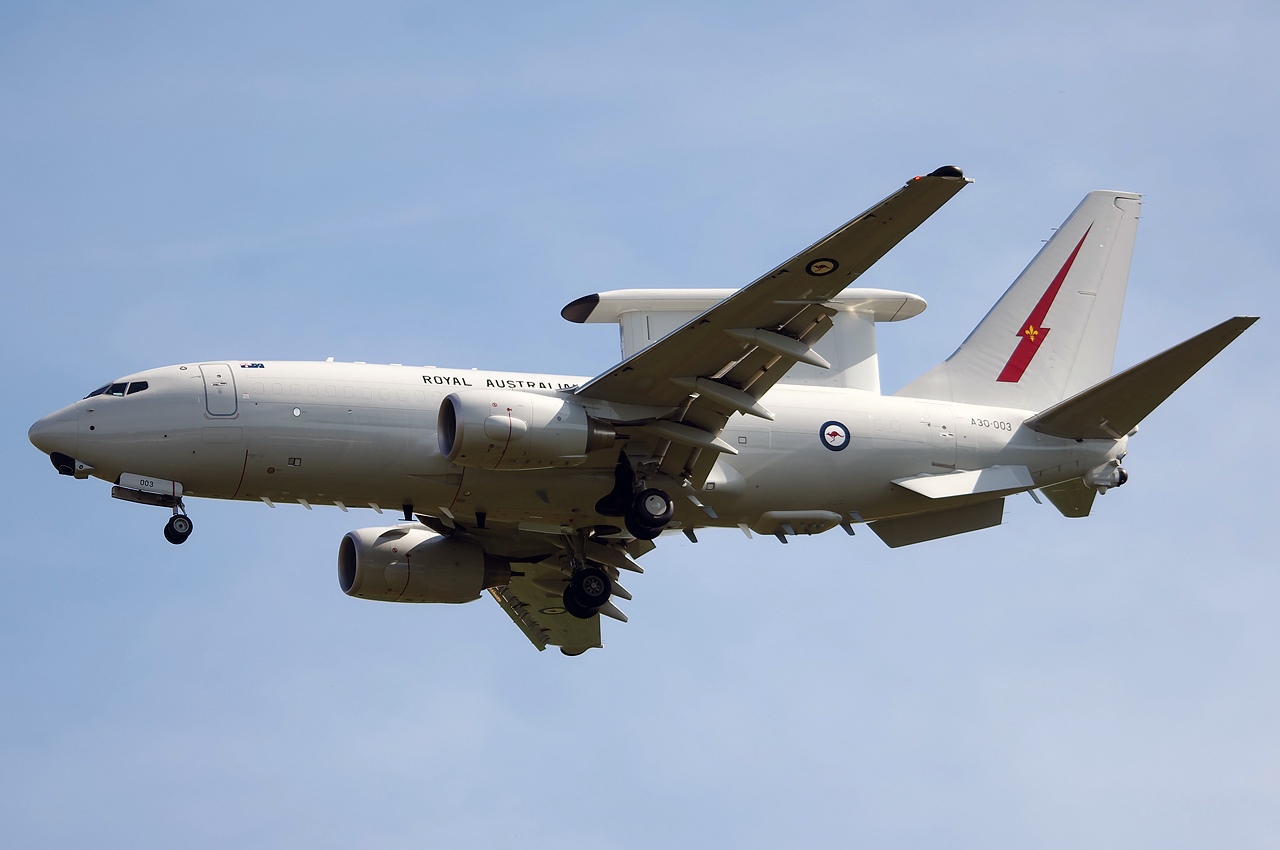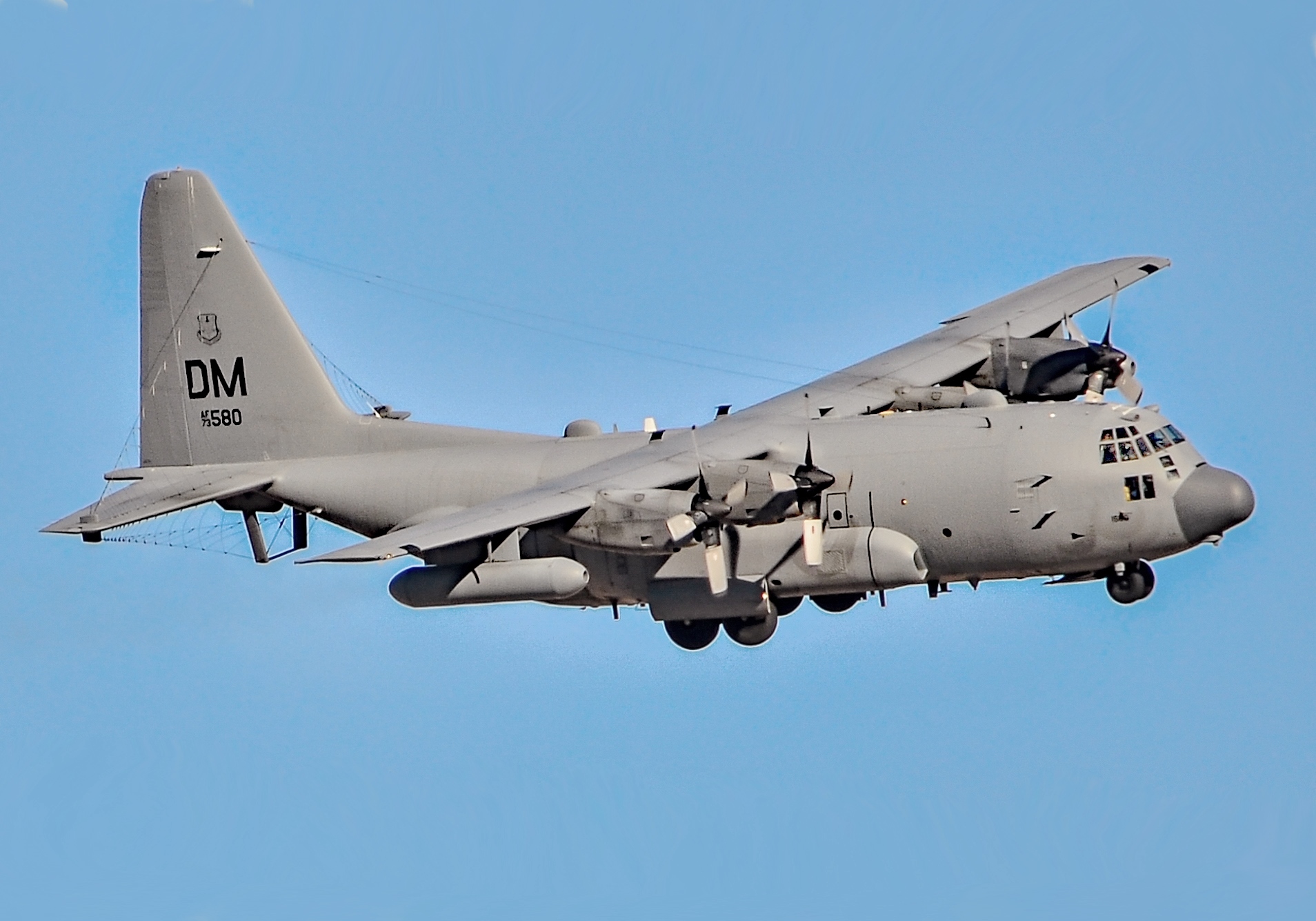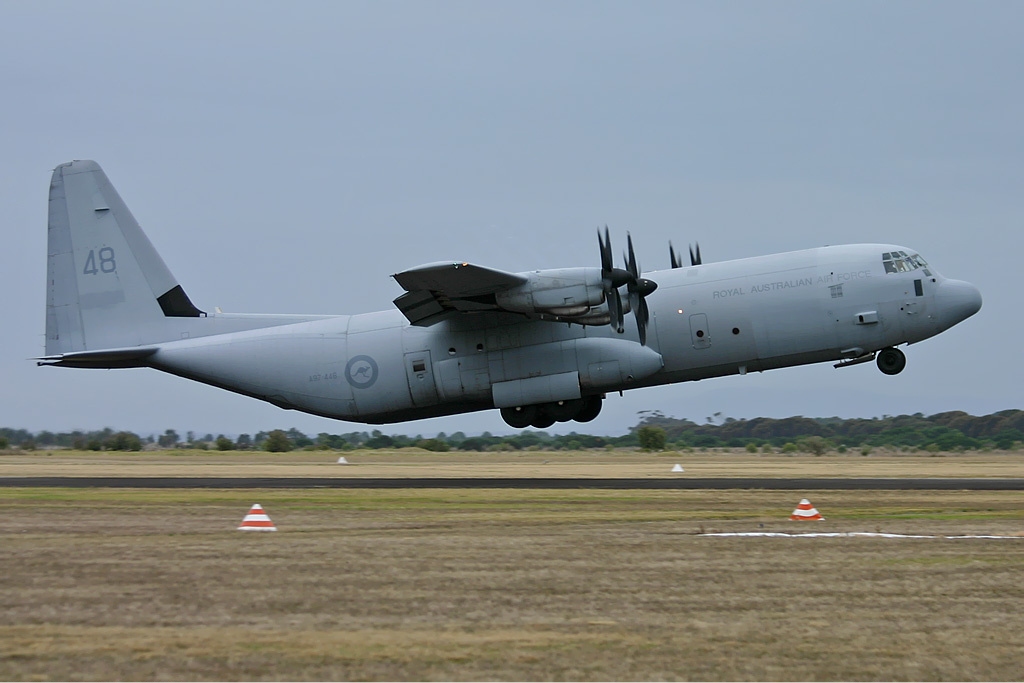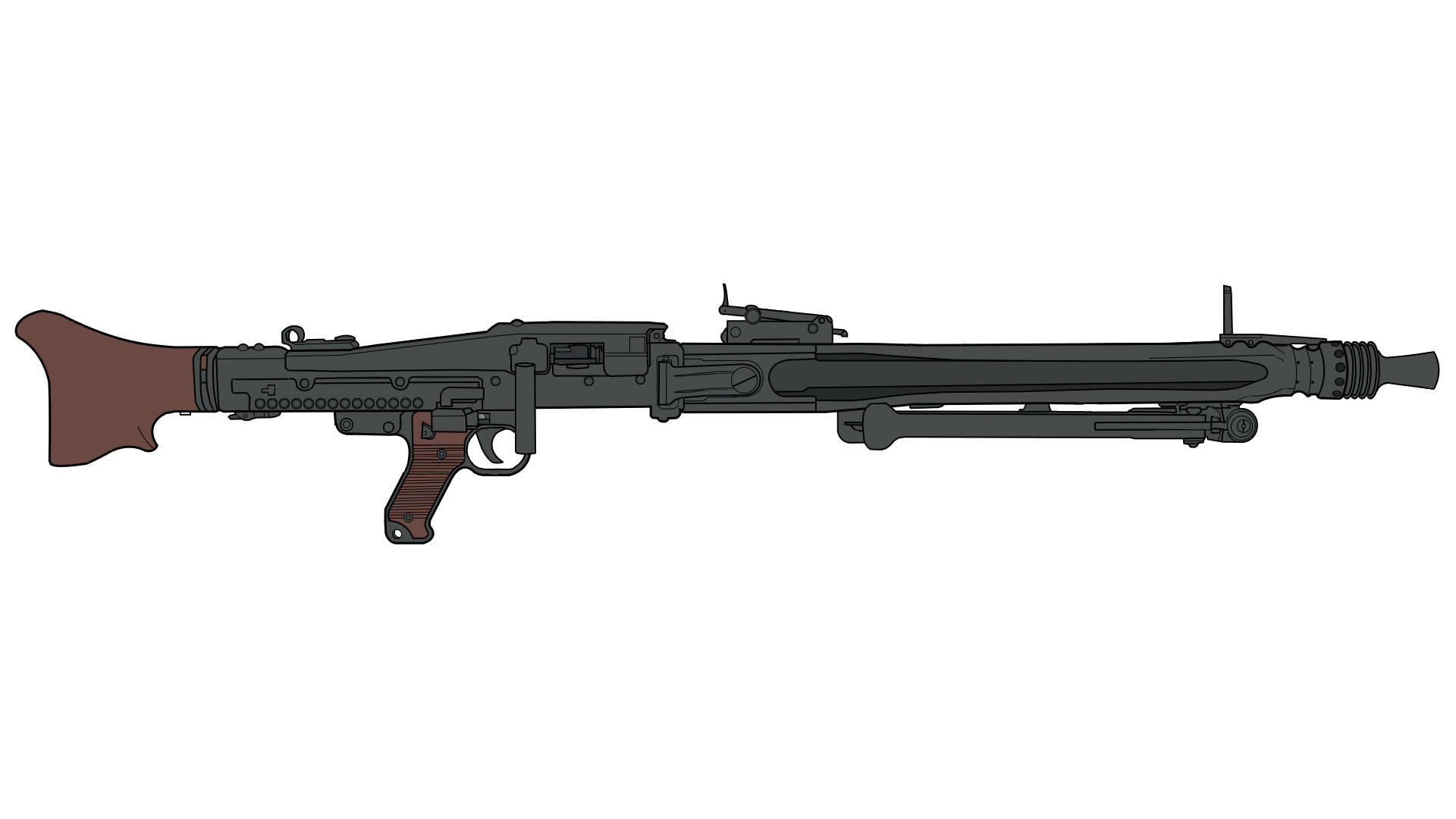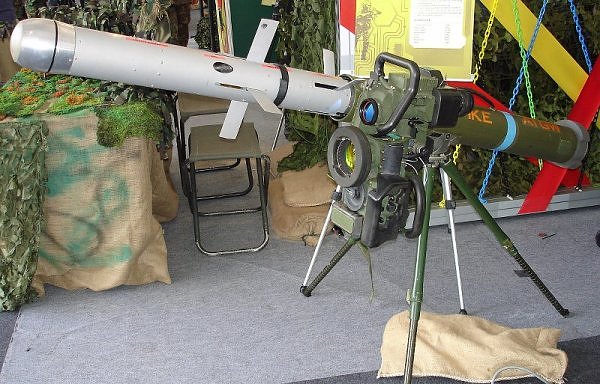The Australian Republic
Federal Republic of Australia |
| Short Form: Australia (AUS) Colloquially: 'Straya, Land Down Under |
| National Anthem: Advance Australia Fair |
| Federal Capital: Canberra (ACT) - Tasmania: Hobart - Victoria: Melborune - New South Wales: Syndey (Largest City) - Queensland: Brisbane |
| National Demonym(s): Australian, Aussie |
| National Language: English (de facto) |
| Population: 21,450,000 |
| Government: Federal Bicameral Parliamentary Republic - President: David Hurley - Prime Minister: Anthony Albanese |
| Legislature: Bicameral Parliament - Upper House: Senate - Lower House: House of Representatives |
| Area: 1,703,668 km2 - Pop. Density (Avg.): 12.5/km2 |
| Currency: Australian Dollar, $ (AUD) - Exchange: AU$1 = US$0.63 |
| GDP (PPP): US$1.2 Trillion (Est.) - Per Capita: US$55,944 (Est.) |
| Religion: |
| Demographics: |
The Federal Republic of Australia is a vast nation situated on the eastern coastline and interior of the Australian continent, as well as the islands of Tasmania and Norfolk. It is bordered to the east by the Coral and Tasman Seas, to the south by the Southern Ocean, by the Republique d'Australie to the southwest, and by the breakaway State of Capricornia to the northwest and north. Australia is home to an incredible variety of flora and fauna found across many different biomes ranging from the Alps in central New South Wales to the temperate farmlands of Victoria and the tropical coast of far-north Queensland. Most Australians live in its five major urban centres - Sydney, Melbourne, Brisbane, Canberra, and Hobart - with the outback home to numerous small towns and hamlets supporting regional industries such as mining and farming.
History
The Federal Republic of Australia traces its political origins back to the act of federation in 1901, which united the British colonies of Queensland, New South Wales, Victoria, and Tasmania into the Dominion of Australia. During the early 20th century potential conflicts with the other colonial powers present on the continent saw great effort expended by the new federal government and the British Empire to establish a capable defensive military force for the new Dominion so that British assets could be shifted into other areas of interest. As part of this initiative regional light horse regiments were created across Australia to act as a defensive militia and a potential offensive asset against its neighbours across the harsh outback. These efforts would allow Australia to deploy troops in support of the British during the Great War and Second World War, where the legend of the ANZACs and Australia's national identity as an independent nation would be forged.
Following the wars, Australia experienced a huge boom in population as refugees fled war-torn Europe for the safety and prosperity of the great southern land. The post-war period saw Australian industrial capabilities greatly improve thanks to the influx of skilled migrants and a need to domestically service the rapidly expanding mining and consumer goods markets. The Australian military would also grow in size and capability to reflect its new role as the southern bulwark against communism in Asia as an American ally. Australian troops supported both the British in Malaya and the Americans in Vietnam against communist opposition with its new professional force, and it is in these jungles where its reputation as unparalleled (western) fighters in rough terrain would be further reinforced.
Following the cold war, Australia invested heavily in its northern neighbours and secured its position as a rich, developed nation in the global south, allowing the service sector to flourish as tourists and business interests from Asia and the world flooded in. Not all in Australia were pleased with this pivot towards Asia, with many in regional Queensland especially agitated by shifting national investment priorities and the "overrunning" of Australian cities by Asians. This provincial unrest, coupled with long-term poor relations with Nieuw Hollande, Australie, and the Uluru Confederation saw Australian investment into a self-sufficient military-industrial complex to support an expanded land force. This period would also see the ranks of Queensland's Light Horse regiments bolstered by Katter supporters to "protect themselves".
At the dawn of the 21st century, 100 years after federation, Australia would officially cast off the vestiges of royalty and reformed into the Federal Republic of Australia, replacing the Governor-General with an elected President, adopting the golden wattle flag, and replacing the royal appellations appended to many of its core institutions. This change further angered royalists in the already-agitated outback, leading to rioting in Mt Isa and Longreach. Outback politician Bob Katter III would form a united front with One Nation and other extremist parties to oppose further shifts "away from Australia's British roots" and demand greater autonomy for regional Queensland due to "neglect" from the state and federal government. Members of the successful republican movement would also begin campaigning for integration with the other Australian nations to form a truly united Republic of Australia.
Liberal Prime Minister Tony Abbott would accede to the long-running demands of Katter in 2015 as a bid to maintain legislative capability, drafting up legislation to carve off half of Queensland into a new state called Capricornia. This legislation was not run past the Queensland state government first, with the political fallout ending Abbott's prime ministership and scuppering Katter's chances at an independent state. After winning a majority of regional Queensland seats during the 2020 State and 2022 federal elections Katter would pronounce the State of Capricornia's independence after another bill for its statehood was rejected. Overnight, much of Queensland's outlying areas were taken over by militia units loyal to Katter and Capricornia, whilst the militias in cities such as Cairns and Mackay failed to support the uprising. As it stands the Australian military has retaken Longreach, but much of Queensland remains in separatist hands.
Agitators amongst the Australian media community have called upon the government to put don Katter's rebellion and "enforce peace" upon the continent, through forceful unification if necessary.
Politics
The Federal Republic of Australia is a parliamentary republic following the "Washminster" system, a hybrid parliamentary system derived from the British Westminster system with reforms influenced by American institutions. There are four states and two territories that make up the federation, those being the states of Queensland, New South Wales, Victoria, and Tasmania, alongside the Australian Capital Territory and Norfolk Island Territory. Canberra is the federal capital and home to all federal institutions including the parliament and high court. Australia's Federal Parliament is bicameral, with the Senate as the upper house and the House of Representatives as the lower house. Elections are held every three years for both houses and voting is mandatory for all Australian citizens and permanent residents.
Economy






